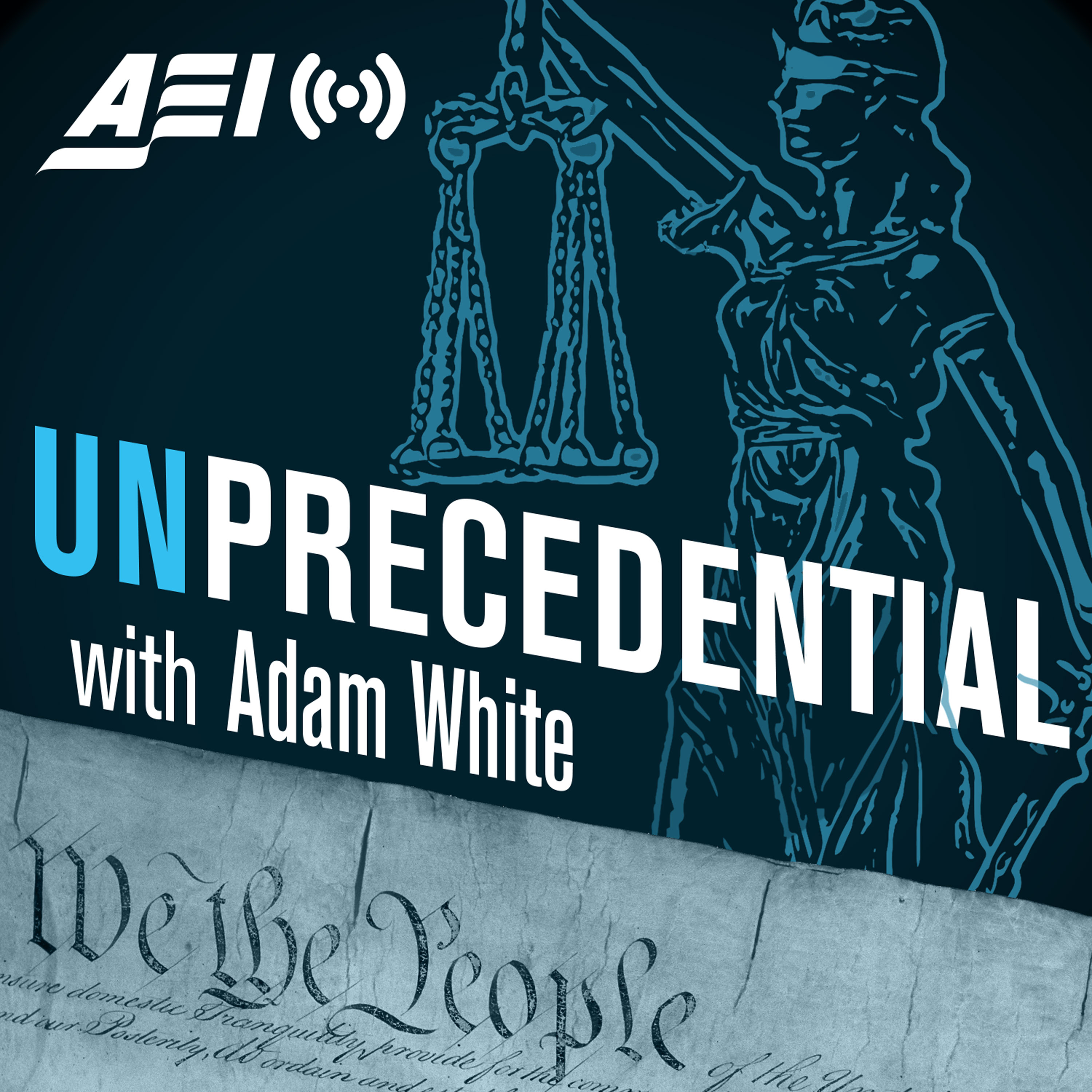- Government
- SEE MORE
- classical
- general
- talk
- News
- Family
- Bürgerfunk
- pop
- Islam
- soul
- jazz
- Comedy
- humor
- wissenschaft
- opera
- baroque
- gesellschaft
- theater
- Local
- alternative
- electro
- rock
- rap
- lifestyle
- Music
- como
- RNE
- ballads
- greek
- Buddhism
- deportes
- christian
- Technology
- piano
- djs
- Dance
- dutch
- flamenco
- social
- hope
- christian rock
- academia
- afrique
- Business
- musique
- ελληνική-μουσική
- religion
- World radio
- Zarzuela
- travel
- World
- NFL
- media
- Art
- public
- Sports
- Gospel
- st.
- baptist
- Leisure
- Kids & Family
- musical
- club
- Culture
- Health & Fitness
- True Crime
- Fiction
- children
- Society & Culture
- TV & Film
- gold
- kunst
- música
- gay
- Natural
- a
- francais
- bach
- economics
- kultur
- evangelical
- tech
- Opinion
- gaming
- College
- technik
- History
- Jesus
- Health
- movies
- radio
- services
- Church
- podcast
- Education
- international
- Transportation
- Other
- kids
- podcasts
- philadelphia
- Noticias
- love
- sport
- Salud
- film
- and
- 4chan
- Disco
- Stories
- fashion
- Arts
- interviews
- hardstyle
- entertainment
- humour
- medieval
- literature
- alma
- Cultura
- video
- TV
- Science
- en
The Living Presidency: Saikrishna Prakash on recaging the executive lion

It\u2019s commonly noted that, in the wake of King George III\u2019s manifold mishaps, America\u2019s framers built a constitutional system designed to constrain the executive. After all, the Founders typically deemed Congress, not the Presidency, the most powerful branch thanks to the preeminence of legislative authority granted in the Constitution. So how is it that today\u2019s executive branch \u2013 both the Presidency and the sprawling administrative state \u2013 commands such vast governing authority, overshadowing Congress?
University of Virginia Law Professor Sai Prakash, author of The Living Presidency: An Originalist Argument Against Its Ever-Expanding Powers, talks with Adam about the debates and decisions of the Founding that paved the way for the expansive executive office we see today. From early on, America\u2019s unwritten constitution \u2013 its mores, civic culture, accumulation of practices \u2013 laid the foundation for today\u2019s muscular presidency. To \u201crecage the executive lion,\u201d Sai suggests sensible reforms based on an astute originalist reading of the Constitution.